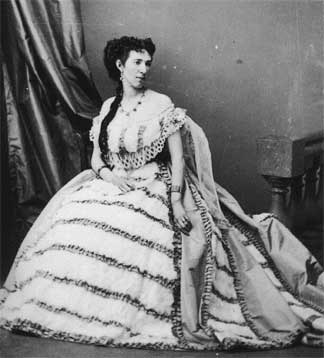Spies

Allan Pinkerton, a famous American detective, volunteered to protect President-elect Lincoln from a suspected assassination attempt in Baltimore, Maryland. After the fall of Fort Sumter, he worked as a spy for the Union. While he and his operatives collected a great deal of information, they tended to exaggerate the size of the Confederate strength, thus hampering Union movement in the Peninsular Campaign of 1862. On the other side, Major William Norris headed the Confederate intelligence efforts. His official position was head of a signal bureau, from which he mobilized military and civilian spies into a network.
Confederate spy Belle Boyd became a celebrity after the war, traveling around the country on speaking engagements about her experiences during the war. She overheard private conversations and charmed soldiers into releasing information about Union activities. A woman with a flair for the dramatic, she once rode 30 miles from Port Royal, Virginia, to report a major Union offensive being planned, then returned before daylight to cover her absence. By the time she was 21 years old, Boyd had been put in prison twice, reported 30 times and arrested 6 or 7 times. Ironically, she ended up marrying a Union officer.
 >
>